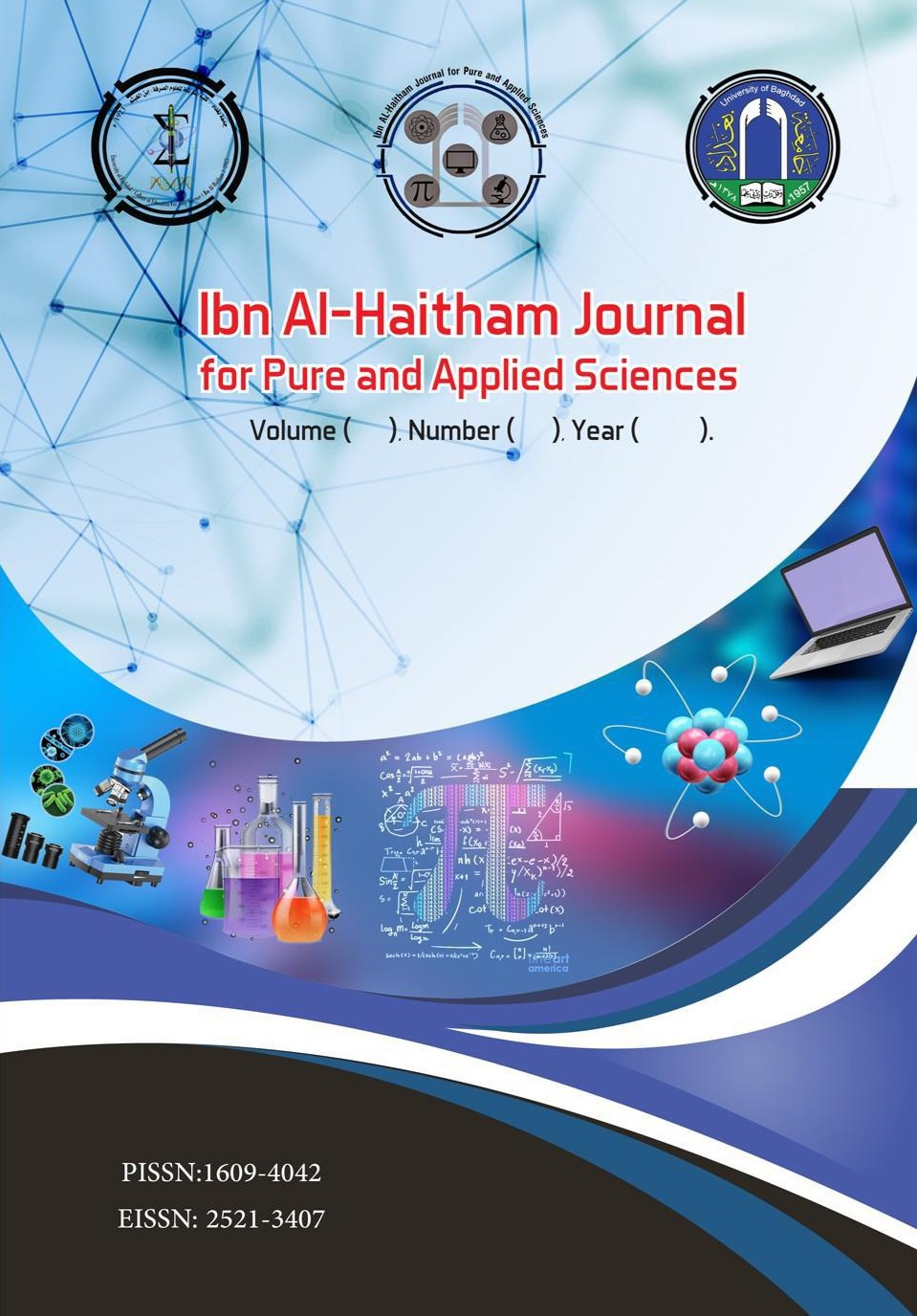Abstract
The role of Alhagi graecorum Boiss aqueous extract (0.5, 1.0 and 1.5 mg/kg) in modulating the genotoxic effects of mitomycin C (MMC) in albino male mice was evaluated through three types, of treatments. In the first, the extract was given alone to study its effect, while in the second and third treatments, interactions with MMC were carried out (Pre- and Post-treatments). The investigated parameters were total leucocyte count (TLC), mitotic index (MI), chromosomal aberrations (CA) and micronucleus (MN) formation.
In the first treatment, the MI was significantly increased in the doses 1.0 and 1.5 mg/kg (16.66 and 17.84%, respectively) as compared to either negative (13.32%) or positive (7.32%) controls, and such observation was positively correlated with the TLC.
Moreover, CA and MN assays revealed that the extract has no mutagenic effects, in contrast, a reduction in the spontaneous frequency of CA and MN was observed, especially the MN formation, in which the reduction was around 50% in the three doses. The results of second and third treatments (Pre- and Post-treatments) confirmed the forthcoming findings, and the extract was able to modulate the mutagenic effect of MMC, especially the dose 1.5 mg/kg, in which a significant enhancement of TLC and Ml, and a significant reduction in the induced CAs and MN formation were observed.
In the first treatment, the MI was significantly increased in the doses 1.0 and 1.5 mg/kg (16.66 and 17.84%, respectively) as compared to either negative (13.32%) or positive (7.32%) controls, and such observation was positively correlated with the TLC.
Moreover, CA and MN assays revealed that the extract has no mutagenic effects, in contrast, a reduction in the spontaneous frequency of CA and MN was observed, especially the MN formation, in which the reduction was around 50% in the three doses. The results of second and third treatments (Pre- and Post-treatments) confirmed the forthcoming findings, and the extract was able to modulate the mutagenic effect of MMC, especially the dose 1.5 mg/kg, in which a significant enhancement of TLC and Ml, and a significant reduction in the induced CAs and MN formation were observed.
